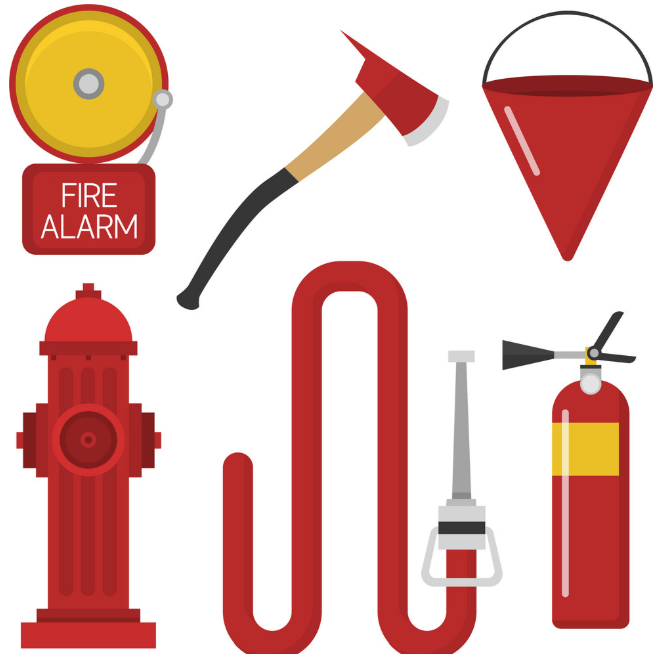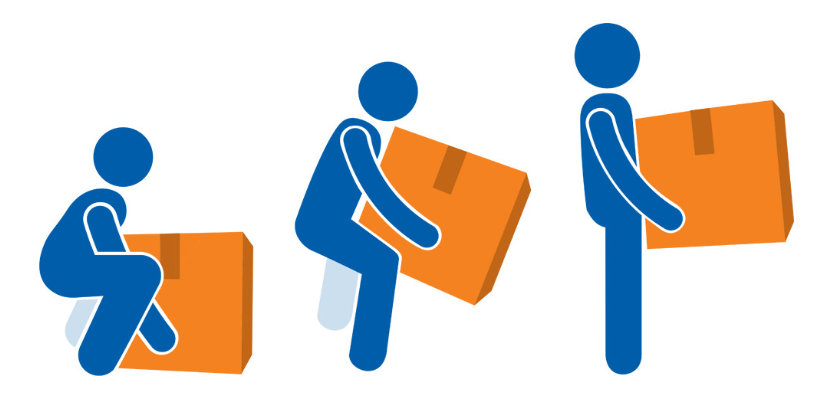This lesson will provide an overview to prepare workers for working safely with and around electricity.
Electrical Safety
Original price was: $11.99.$9.99Current price is: $9.99.
Description
This lesson will provide an overview to prepare workers for working safely with and around electricity. However, this lesson will not address arc-flash hazards and controls, lock-out/tag-out procedures, or high voltage (220V or 440V) electrical safety.
Annually, there are nearly 230 electrical related fatalities. The National Institute for Occupation Safety & Health (NIOSH) discovered that, “61% of electrocutions occur in two occupation divisions: 46% among craftsmen and 15% among laborers. These two groups also had the highest rates of electrocution death: 1.4 per 100,000 workers each.”
NIOSH also stated that “Electricity is the flow of an atom’s electrons through a conductor. Electrons, the outer particles of an atom, contain a negative charge. If electrons collect on an object, that object is negatively charged. If the electrons flow from an object through a conductor, the flow is called electric current. Voltage is the fundamental force or pressure that causes electricity to flow through a conductor and is measured in volts.”
Typically, fatal electrical accidents happen in the high-risk workforce when an aerial lift or boom, or scaffolding set up, results in the unexpected connection with a power line, creating a circuit.
You should always remember that electrical hazards can cause burns, shocks and electrocution (death).
- Always assume that overhead wires are energized at lethal voltages. Do not assume a wire is safe to touch, even if it is down or appears to be insulated.
- Do not touch a fallen overhead power line. Instead, always call the electric utility company to report fallen electrical lines.
- Maintain at least 10 feet (3 meters) distance from overhead wires during cleanup and other activities. While working at heights or handling long objects, always survey the area before starting work for the presence of overhead wires.
- In the case that an overhead wire falls across your vehicle when you are driving, stay inside the vehicle and continue to drive away from the line. When an engine stalls, never leave your vehicle. Warn anyone nearby not to touch the vehicle or the wire. Call, or get another person to call, the local electric utility company and emergency services.
- Do not operate electrical equipment when you are standing in water.
- Do not repair electrical cords or equipment unless qualified and authorized.
- Always get a qualified electrician to inspect electrical equipment that has gotten wet before energizing it.
- In the case that you are working in damp locations, inspect electric cords and equipment to ensure that they are in good condition and free of defects, and use a ground-fault circuit interrupter (GFCI).
- Remember to be cautious when working near electricity.
Why SafetyNow?
Not all training is equal. With Safetynow, learners and leaders will notice the difference in value:
- Quality: Professionally-researched and designed using the latest mobile and responsive technologies
- Convenience: Works instantly on any device, desktop or mobile
- Time savings: What learners need to know, not extra fluff or legalese
- Reporting: Consistent, instant compliance records available anytime
- Support: Customer and learner support included at no charge
- Learning about how electricity works regarding hazards on the job
- Understanding basic safety controls and practices at work
- Recognizing and understanding how to respond to electrical emergencies
- Any Learning Management System (LMS) Use with any SCORM, AICC, xAPI, TinCan, HTML5, or other LMS (learning management system).
- Any Device Desktop, laptop, tablet, or mobile phone – it simply works, everywhere.
- Engaging Professionally-developed, including an on-screen host and modern, easy-to-understand text, media, and voiceovers.
- Unlimited Attempts Each module can be taken as many times as required to get a passing grade. Unlike our competitor’s courses, if you get an answer wrong, you are redirected to the exact eLearning segment you struggled with… you don’t need to go through the entire module again, just the one part you need a refresher on.
Only logged in customers who have purchased this product may leave a review.












Reviews
There are no reviews yet.